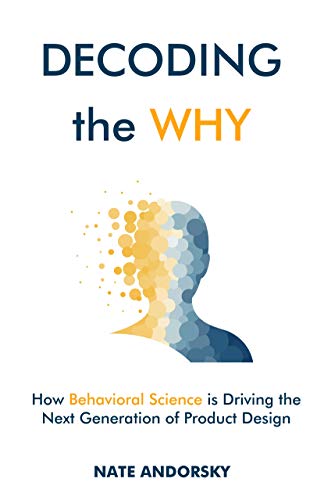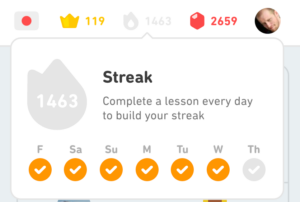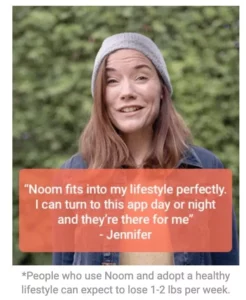Finished (well, skimmed) the book “Decoding the Why: How Behavioral Science is Driving the Next Generation of Product Design”. It’s a decent introductory book if you have not delved into behavioral science before, but if you have, most of the ideas in the book won’t come across as surprising or new.

Nevertheless, made some quick notes.
1/ Imagining the future as concretely as possible helps us align our actions towards the future self (otherwise, the future self remains an abstract, theoretical concept).
So, whenever you can, help people imagine the benefit of making a change in their life via your product.
2/ For an action that’s difficult to perform, give an immediate reward to the user (and, better still, make it variable and unpredictable.)
For example, in an app, give out virtual badges randomly or sprinkle interesting content in between boring content to keep things juicy.
3/ However, external rewards can reduce intrinsic motivation, and when external rewards stop, the behavior stops.
So while you can start by providing extrinsic rewards (like badges), you can taper them off over time to allow intrinsic motivation to take over.
4/ A trick you can use: giving advice to others helps us align our behavior to be in line with that advice. (This is why I mostly tweet!)
5/ People who set specific, achievable goals are much more likely to make progress than those who set vague goals.
6/ Streaks work! Duolingo shows that beautifully. Initially, you get a kick from increasing streaks and later, as the number goes higher, you are motivated not to break your streak.

7/ We tend to follow the social norms. So for any behavior you want to promote, make that behavior highly visible among your customer base. This is why public rewards are such a powerful motivator.
8/ We trust people who are similar to us. So if you want to increase trust, highlight similarities.
9/ Leaderboards work, but as long as the cohort size is ~50 (too small or too large leaderboards probably don’t work). If you allow people to see where they are and how they can move up, it impacts motivation positively.
10/ However, adjust the difficulty dynamically. Make it much easier to move up if you’re at the bottom, and much harder to maintain a higher position over time.
11/ Personalization always works! If your customer is a female in her 30s, tell him how you’ve helped other females in their 30s. Noom does it really well.

12/ Long onboarding flows have high dropoffs because they feel like work to the user without any return. However, if you ask the right questions that help the user discover or answer something new about themselves, it feels immediately valuable. (E.g. if you are building a financial product, asking what is your saving style is a good question and likely won’t have high dropoffs)
So context matters when it comes to questions like whether long or short onboarding flows are better.
13/ Get your customers to invest in the product, and they’re less likely to drop off.
14/ Defaults work because if we want to avoid decision-making, we will (as making decisions is work)
15/ Similarly, the smaller the ask, the more likely users will carry through it. So, break down a big ask into several smaller asks.
16/ People change via stories & emotions first, but then use numbers and logic to justify their decisions.
If you liked this, you will also like my other essay: Games are problems people pay to solve.
Join 200k followers
Follow @paraschopra